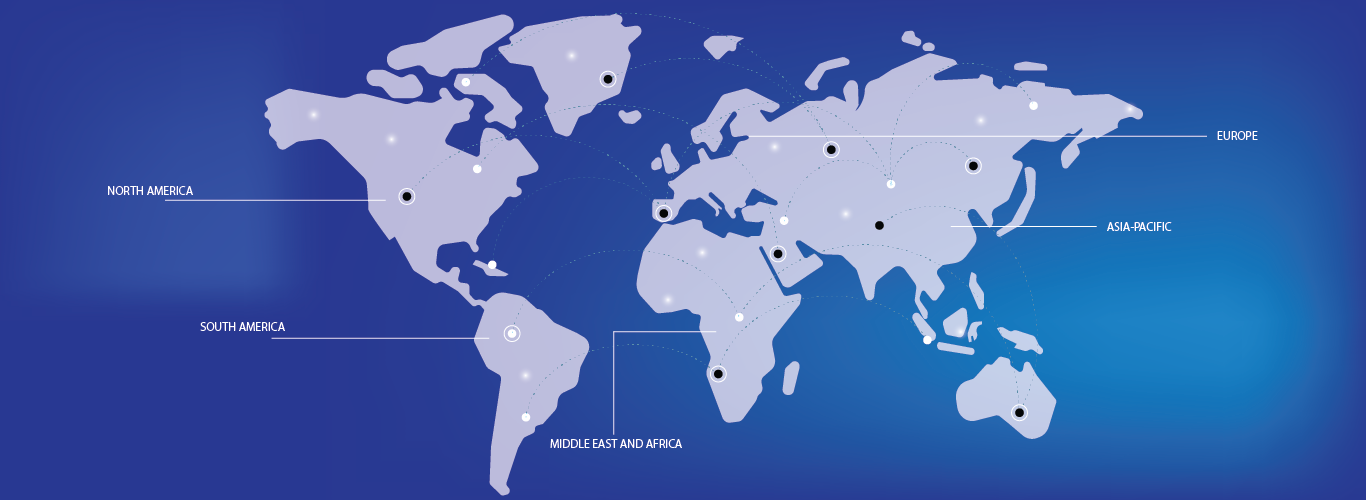- The refinery catalyst market is expanding globally, driven by the rising demand for cleaner fuels and stricter environmental regulations. Refinery catalysts play a crucial role in enhancing fuel quality, optimizing refinery operations, and reducing emissions
- As governments enforce tighter sulfur content limits and carbon reduction targets, refineries are increasingly investing in advanced catalytic technologies to meet compliance and improve efficiency
- The demand for refinery catalysts is significantly influenced by the global shift toward low-sulfur and ultra-low-sulfur fuels, especially in diesel and gasoline production
- These catalysts are vital in hydroprocessing, fluid catalytic cracking (FCC), and alkylation processes to meet modern fuel standards and improve refinery margins
- The Asia-Pacific region stands out as the dominant market for refinery catalysts, driven by rapid industrialization, urban growth, and rising vehicle ownership. Countries like China and India are investing heavily in refinery upgrades and expansions, boosting demand for catalytic solutions
- Globally, hydroprocessing catalysts lead the market due to their crucial role in sulfur removal and improving fuel stability. Meanwhile, FCC catalysts are gaining prominence as they support higher gasoline yield and help refineries adapt to changing feedstock types
- The future of the market looks promising, with advancements in nanotechnology and renewable feedstock processing paving the way for next-gen catalyst innovation




